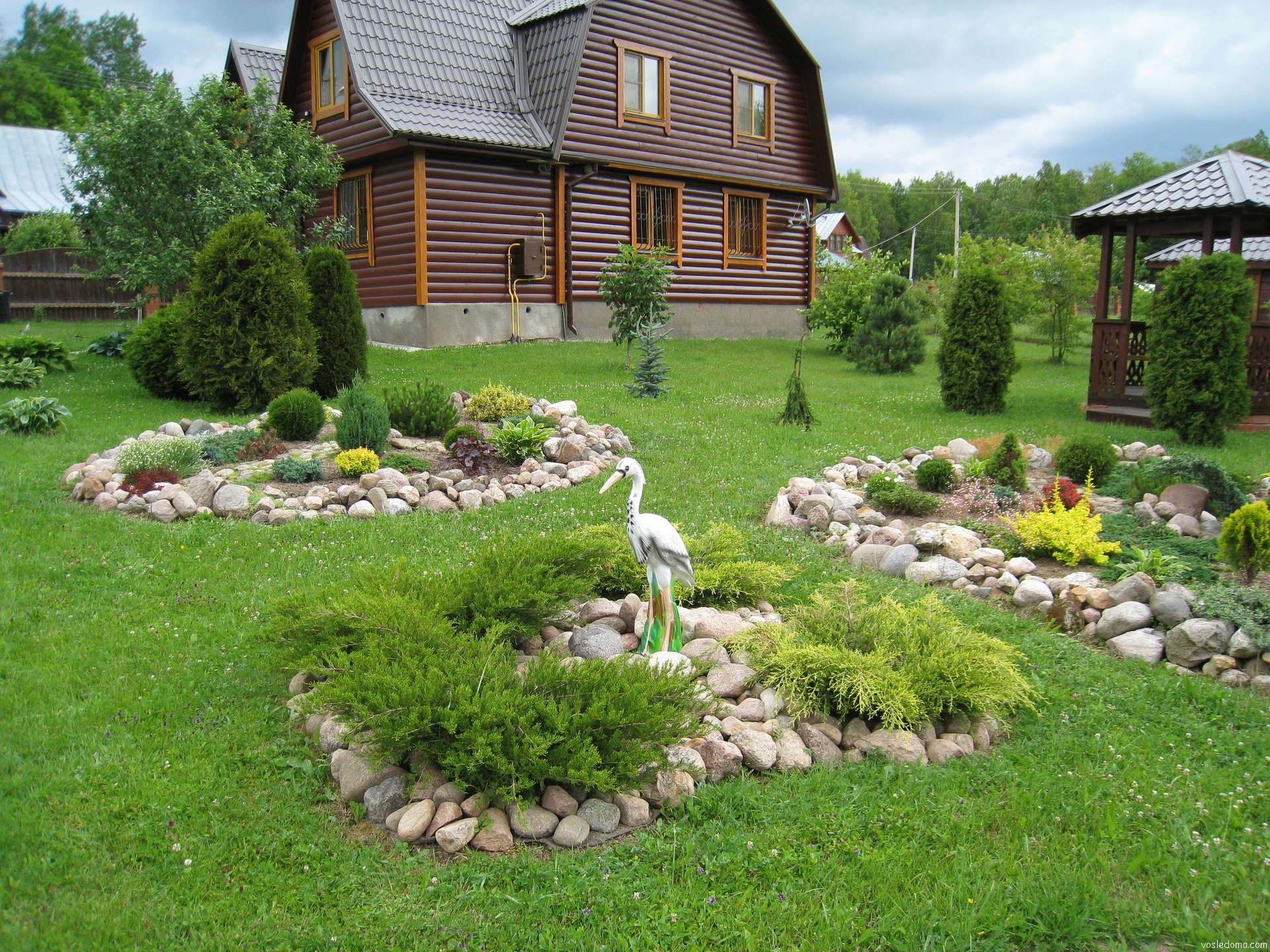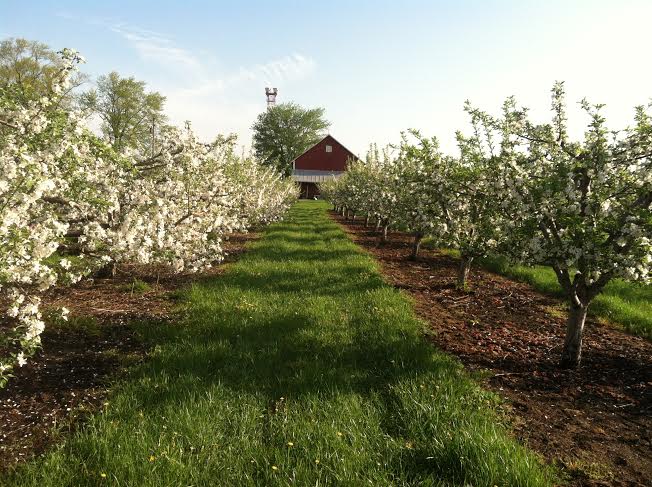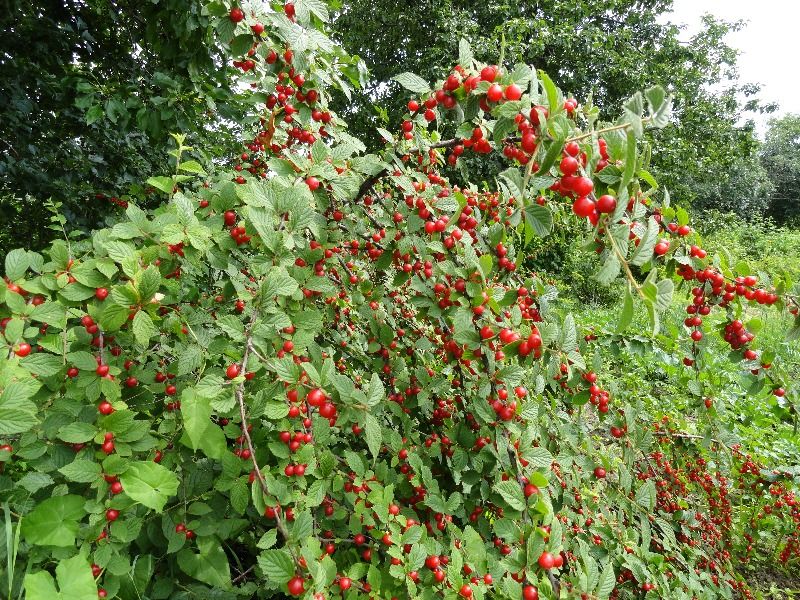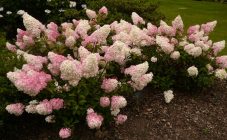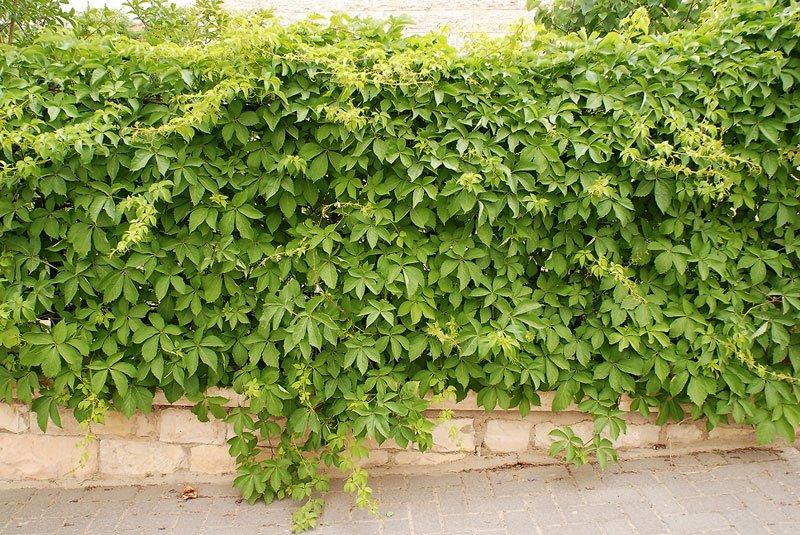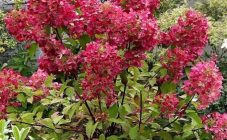Content:
Thuja in landscape design is gaining more and more popularity every year. Increasingly, gardeners, when buying an ornamental plant, prefer its various varieties, and nurseries regularly increase the range.
Quick reference
The history of this coniferous plant from the Cypress family began on the border between Canada and the United States, where it was first noticed by local residents. Today there are 5 main subspecies. These are Western, Folded, Chinese, Korean and Japanese. All these are evergreen trees or shrubs with a pleasant aroma and dense crown.
Description of popular varieties
The most popular among landscape designers are the following varieties:
- Reingold. Slow-growing dwarf bush with dense ovoid crown. Like the Sankist variety, it has a yellow-gold color. Height up to 1 m. Very much appreciated among landscape designers. It can be planted both in group evergreen compositions, and with deciduous plants. In both cases, thuja Reingold will give a special charm to the garden.
- Filiformis. Multi-stemmed shrub with bright green needles, reaching 2 m in height and 1.5 m in diameter. It looks like a haystack or fountain. Thuja varieties Filiformis in landscape design looks great paired with creeping, as part of small stony, heather beds, Japanese-style gardens. It is also used for decorating flower beds, facades.
- Amber. A pyramidal tall tree, which is known for its bright yellow color of needles. With a cold snap, it changes its color to amber. Up to 5 m high. When disembarking, it creates an irreplaceable bright accent for a group planting, creating a fence. Used to decorate small compositions in Japanese gardens.
- Teddy. A spherical, slightly elongated, slow-growing, low-growing bush up to 60 cm high. It is similar to the Danica variety, which has a more regular ball shape. It is the perfect variety to grow in a pot or container. Often it is a decoration of open verandas, garden tents, gazebos. With a single landing, it looks great decorated with stones.
- Emerald. The tree is up to 3 m in height, cone-shaped. Light green color. Hedges from this variety look spectacular. Used in group and solo landings. Flowerbeds with thuja of this variety are suitable for any style of decoration of the local area.
Combination with other plants
This plant looks spectacular both alone and in a pair with other plants. Here are the plants that thuja is combined with:
Roses
An excellent solution to plant a thuja near roses. It does not interfere with the development of the root flower system. The most suitable for combination are spherical and vertically growing non-spreading varieties and rose bushes with white flowering.
Juniper
Juniper is the best answer to the question of what to plant next to the thuja. A huge advantage of this combination is green at any time of the year. Especially in winter, this tandem will stand out as a bright spot among the white snows. It is better to give preference to compact, undersized varieties, differing in color and shape.
Other plants
Fir, pine or spruce are planted as a basis, along with thuja.
Flowering deciduous shrubs, bird cherry, birch do not harmonize with thuja.
Useful information
When forming a thuja mix composition, undersized dwarf shrubs should be in the foreground. Medium and tall plants are placed closer to the center. Slow-growing shrubs of medium height are preferred.
Thuja is undemanding to the soil and care, it tolerates planting well, but it is better not to disturb the adapted plant with unnecessary transplants. Therefore, when laying a garden, you should think about its growing place in advance, taking into account all the characteristics of an evergreen tree.

